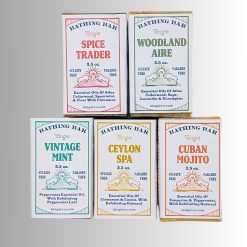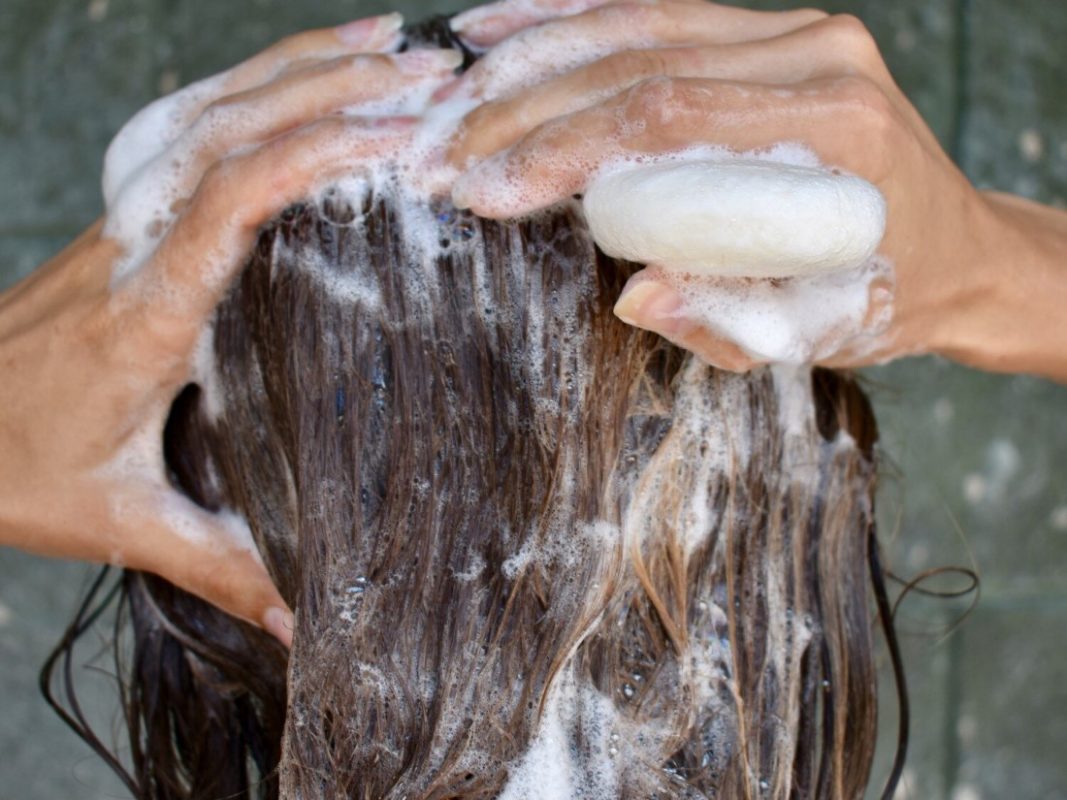Subtotal: $8.00
Hair Care Essentials
Do sulfate shampoos really strip color from hair?
While doing research for our zero waste shampoo bar, I came across this well written and informative article. Before offering a shampoo bar, I wanted to make sure it would work well for many hair types, including colored.
Many homes have multiple people using the same products, so I wanted to keep it simple and offer a product to fit a multitude f needs and make a natural shampoo bar for curly hair, thin hair, coarse hair, frizzy hair and even dyed and color-treated hair.
As more sales came in, so did the questions about whether the Tangie natural shampoo bar was safe for color treated hair. I get it, no one wants to spend money to dye their hair only to come home and have it stripped out. Personally, I have never colored my hair but I have many friends and relatives that do so I’m familiar with the concerns and stripping out the color is the major one!
Since I did not truly understand how color is tripped from hair, I did a bunch of research. To my surprise, I learned it is not only the shampoo and surfactants that strips the color out, it is also the water! What I learned was very interesting.
About the sulfate shampoos
The two popular surfactants people with color-treated hair are generally told to avoid are sodium lauryl sulfate (SLS) and sodium laureth sulfate(SLES). These surfactants are very effective at cleaning with SLS being the stronger of the two. Both remove oils and heavy build-ups of polymers from hair really well. That is why they are often included into clarifying shampoos or shampoos for fine hair. Some other versions are the ammonium lauryl sulfate and ammonium laureth sulfate instead of the sodium.
The role of water in color loss
During hair coloring, the large dye polymers form inside the hair. These are trapped inside the hair because of their size. When hair gets soaked into water, the hair shaft will swell. In so doing, the cuticles are forced to open up as well. The dye molecules or fragments are then able to leave the hair.
The role of lipids in sealing color
The usual recommendations for those who color hair are to keep the hair conditioned at all times. Why? Because oils/conditioning polymers/butters etc. are hydrophobic: they do not like water. Therefore they prevent too much moisture from entering the hair by acting as a barrier and prevent too much water from leaving the hair as well. They control the rate at which water moves in and out of hair. This job is usually performed by the hair’s natural lipid layer: 18-MEA. During coloring however, that layer is destroyed leaving the hair unprotected. Replenishing with external products like conditioners is therefore imperative to mimic the behavior of the 18-MEA layer.
Do sulfates actually strip color from hair?
As mentioned above, sulfate shampoos are fantastic cleaners, but also stripping away all the layers of conditioning and removing the free lipids present in the intercuticular layers. Once the protective hydrophobic layer is gone, water can penetrate hair at its ease. The result: faster color loss. The more damaged the hair, the faster the loss.
True: The sulfate shampoos have an indirect contribution to the color loss. However, they are wrongly accused of extracting the color.

SUMMARY
Water alone can strip color if you wet your hair on a regular basis.
Unfortunately there is no such thing as a ‘color safe’ shampoo. Even sulfate-free shampoos, which are super mild at stripping away the natural oils from the hair, do not guarantee that the color will stay in longer. Sulfate free shampoos only make shampooing mild enough that the fading rate is slower. But as long as water is involved, fading will occur.
Water is the major culprit. Sulfates are just the sidekicks aiding water to strip color from hair.Try out gentle range of sulfate free shampoo bars and conditioners bars in a variety of scents.
I hope you found this information as interesting as I did. Please share it with someone you know who colors their hair. You may jsut help them get their color to last longer. Please feel free to comment below, I would like to learn more about this topic.
Gratefully,
Angie Ringler

 Stain Remover Stick
Stain Remover Stick 

























